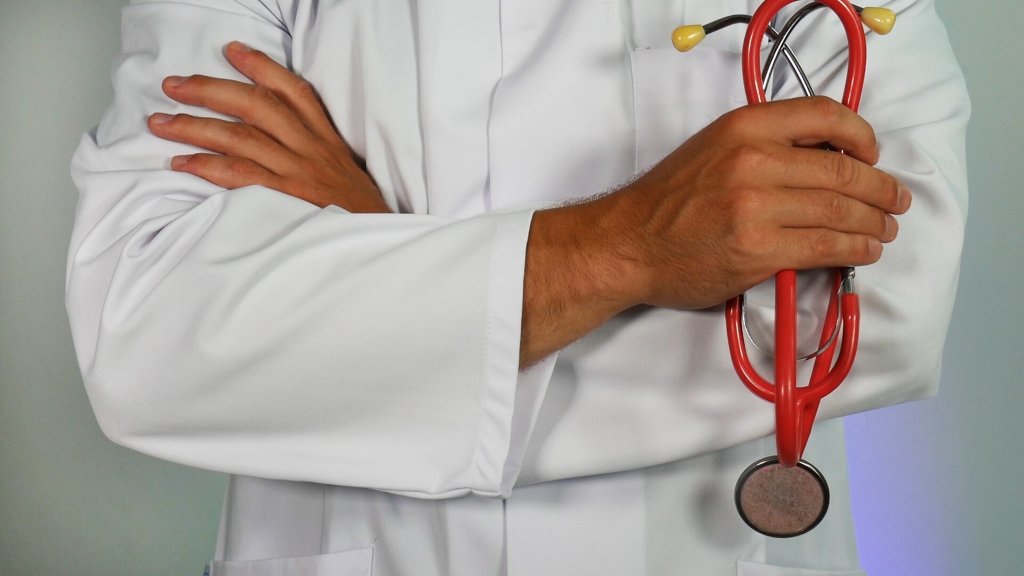The physical appearance of people with MPS disease varies widely and is dependent on the type of MPS disease. The overall growth is affected and sometimes the body is not in proportion. Specific features for each MPS disease are below.
Appearance
MPS I Hurler, Hurler-Scheie and Scheie
In general, the spectrum of disease with MPS I varies from severe specific facial features and progressive physical problems in Hurler disease to milder, less progressive physical problems and near normal life span in Hurler-Scheie and Scheie disease.
Hurler disease
Babies with Hurler disease are usually larger than average and may grow relatively fast up to their first birthday. After the first birthday growth slows significantly and stops altogether around the age of 3 years resulting in overall restricted growth.
Children with Hurler disease usually have prominent bellies and a characteristic way of walking and holding their arms because of the way MPS I affects the joints at the shoulders, elbows, hips, knees and ankles. Children usually have chubby faces with rosy cheeks, large heads with prominent foreheads. The neck is short and the nose is broad with a flattened bridge and wide upturned nostrils. Eye sockets are shallow and the eyes may protrude slightly. The lips are often thickened, the gum ridges are broad, and the tongue becomes enlarged. Hair tends to be thick and coarser than usual, with bushy eyebrows and above average body hair. Overall the skin tends to be thickened and tough which is not elastic in the way it is for people without MPS I.
Hurler-Scheie and Scheie disease
The appearance and height of people with Hurler-Scheie and Scheie disease is variable, not all are affected by the same appearance or height features. People with Scheie disease usually grow to a relatively normal height with milder, less progressive physical problems. Some people with Hurler-Scheie can often have a short stature that is not in proportion, where the upper half of the body is relatively much shorter than the legs.
Children with Scheie disease may look no different to children without the disease except the neck is short and stiff, the lips may appear thickened and the jaw square. People with Hurler-Scheie and Scheie disease can also display a characteristic way of walking, but this happens slowly over time.
MPS II Hunter
Babies with MPS II may be larger than average and may grow faster than normal during the first two years of life. The average height for adults with MPS II is likely to be between 120cm to 140cm and between 150 to 165cm for people with less severe MPS II.
People with MPS II tend to have similar facial features such as chubby rosy cheeks and a large head with a prominent forehead. The neck is short, the nose is broad with a flattened bridge, the lips are often thickened and the tongue enlarged. Gum ridges are broad and the teeth are widely spaced and poorly formed with fragile enamel. The eyebrows are bushy, hair tends to be thick in general and there may be more hair than usual on the body such as excess hair on the face and back occurs in some people with MPS II.
People with MPS II tend to have thickened and tough skin which lacks elasticity. This can cause irritation and soreness, particularly in areas where the skin folds such as the back of the neck. Some people with MPS II have a characteristic pebble-like texture to their skin. These small skin-coloured bumps around the shoulder blades, upper arms and thighs are caused by storage of mucopolysaccharides (nodular skin lesions). Sweating and cold hands and feet are also common problems due to poor temperature control, as the centre of the brain which regulates the temperature becomes damaged.
Some people with MPS II may have prominent bellies and a characteristic way of walking and holding their arms due to joint contractures at their hips, shoulders, elbows and knees. Those who are receiving Enzyme Replacement Therapy (ERT) may have noticed a marked improvement in certain characteristics including softening of the hair, changes in their facial features as well as a noticeable improvement in their height and a prominent reduction in the size of their tummy (abdomen) due to the reduction in the size of the internal organs.
MPS III Sanfilippo
Children with MPS III can grow to a fairly normal height. As the disease progresses, children may become increasingly unsteady on their feet and could be unable to walk later on. People with MPS III tend to have thickened and tough skin which lacks elasticity with overall mild changes in their facial features, bone, and skeletal structures which become noticeable with age. The hair is thick and coarser than usual, and bodies may be hairier than normal, excess hair on the face and back can occur. The eyebrows are often dark and bushy and may meet in the middle. Noses tend to be upturned and flat on the bridge. The lips are thick, the gum ridges are broad and the tongue becomes enlarged. Teeth are widely spaced and poorly formed with fragile enamel.
Advice for professionals
We want to give you the tools to be able to learn about MPS, Fabry and related diseases in order for children with the condition to receive a faster diagnosis.
MPS IV Morquio
Babies with MPS IV usually grow normally at first with growth slowing significantly around 18 months. Children who are severely affected usually stop growing around 8 years of age and their final height may be between 90cms to 120cm whilst others continue growing into their teenage years and can reach around 150cms.
Facial features of people with MPS IV include a wider mouth with an enlarged tongue and teeth that can be widely spaced and poorly formed with fragile enamel. The chin may be prominent with a square jaw and the bridge of the nose is flattened. The neck is very short and the texture of the hair is not affected as in other MPS diseases.
The short stature is not in proportion and the trunk is relatively shorter than the legs. People with MPS IV may develop a prominent tummy (abdomen) and a characteristic way of walking and holding their arms due to joint contractures at their shoulders, elbows, hips, knees and ankles.
MPS VI Maroteaux-Lamy
People with MPS VI will usually have restricted growth and their height may be anywhere between 100cm to 150cm. Those who are less severely affected by MPS VI may only experience a mild change in their facial appearance as a result of the disease. Others, who are more severely affected by the disease will have a short neck, cheeks that are chubby and the nose may be broad with a flattened bridge and upturned nostrils. Teeth are poorly formed and the enamel may not be very strong, sometimes the gums may grow down more than usual. Eyebrows may be bushy and meet in the middle. The skin is often thickened and lacking elasticity and occasionally there may be more body hair than normal, this is called hirsutism.
MPS VII Sly
Growth is usually significantly restricted in people with MPS VII but this depends on the severity of the disease. People with MPS VII will usually have chubby faces with rosy cheeks, large heads with a prominent forehead. The neck is short and the nose is broad with a flattened bridge. The lips are often thickened, the gum ridges are broad and the tongue enlarged. Teeth are widely spaced and poorly formed with fragile enamel.
People with severe form of MPS VII tend to have thickened and tough skin. Hair tends to be thick, the eyebrows bushy and there may be more hair than usual on the body especially face and back. Some people may also experience hyperhydrosis (excessive sweating).
People with MPS VII have a prominent tummy (abdomen) and a characteristic way of walking and holding their arms due to joint contractures at their hips, shoulders, elbows and knees. The appearance of people with the less severe form of MPS VII is extremely variable. Adults are often stocky in build and their trunks are shorter than their limbs, the neck may also be short and stiff.

Need someone to talk to?
Our support includes an active listening service and telephone helpline.
